We almost skipped it, and it would’ve been a mistake.
Stupid as it sounds, what to wear is one thing that I usually do not pay attention to when planning for a trip. I would check the weather, directions, admission fees, but not the dress code. So basic but often gets overlooked by me. This flaw became obvious when I visited the Grand Palace.
The sign by the entrance was clear as day. No shorts. And that’s exactly what we were wearing that afternoon. A guy by the gate was renting out pants, but my thinning wallet was adamant in saying no. I proposed to my friends that we skip it and continue the temple-hopping another day, when we are better dressed; they agreed in a heartbeat. As we walked away to the pier, I felt my feet get heavier in every step. A nagging thought screamed that there might not be a next time. I halted, asked my friends to head back with me, and checked if there was a workaround somewhere. The pants vendor by the gate was forceful in stopping me from entering — “Shorts not allowed. You have to buy!” — but I waltzed into the site anyway. Good call. Visitors can actually borrow pants! A 200-baht deposit is required, but it is refundable. In no time, we were lining up for a wardrobe change.
The Grand Palace is vast. It is not a singular building but a complex of structures, pavilions, and courtyards. But its size appear nothing to the sheer volume of the crowd. The growing chaos they bring make it easy to forget that the Grand Palace is Thailand’s most sacred site. There are no empty spaces. Tourists are everywhere. Cameras flash every few minutes or so. Every nook is a selfie opportunity. It’s hard to resist capturing the grandeur of the place. Every wall is ornate, every corner intricate.
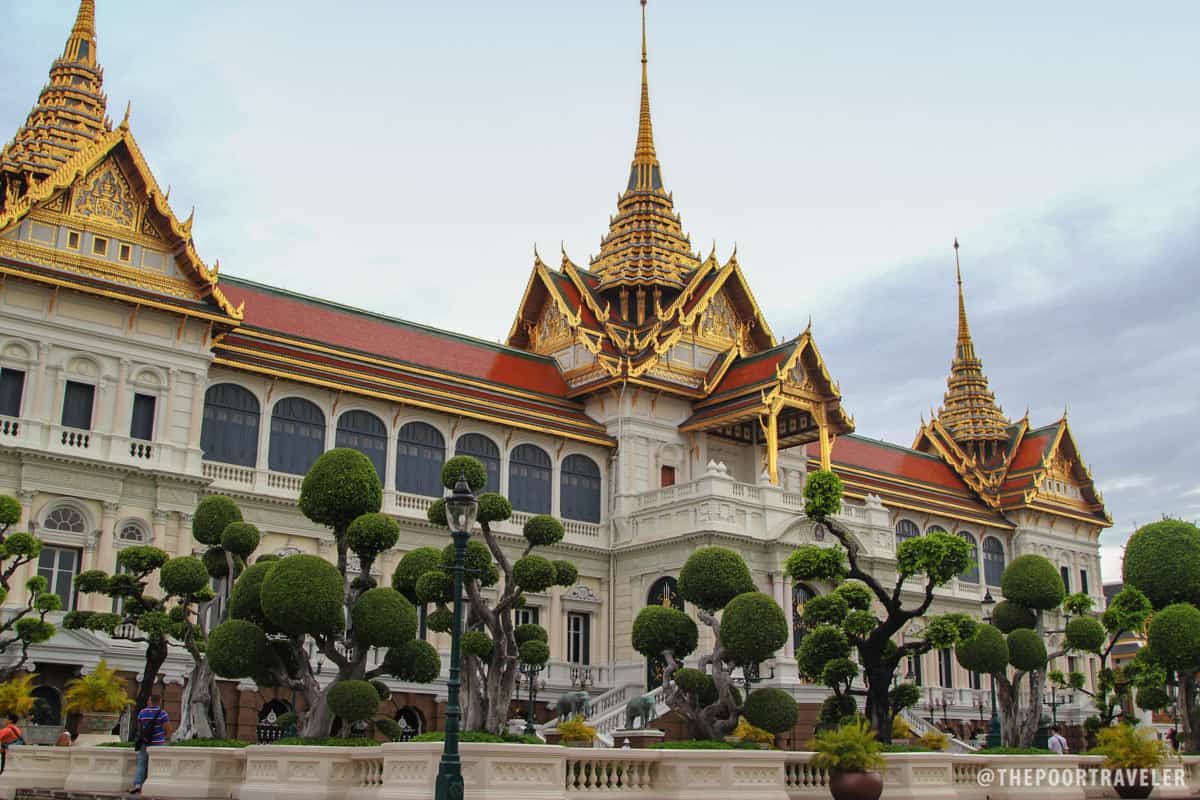
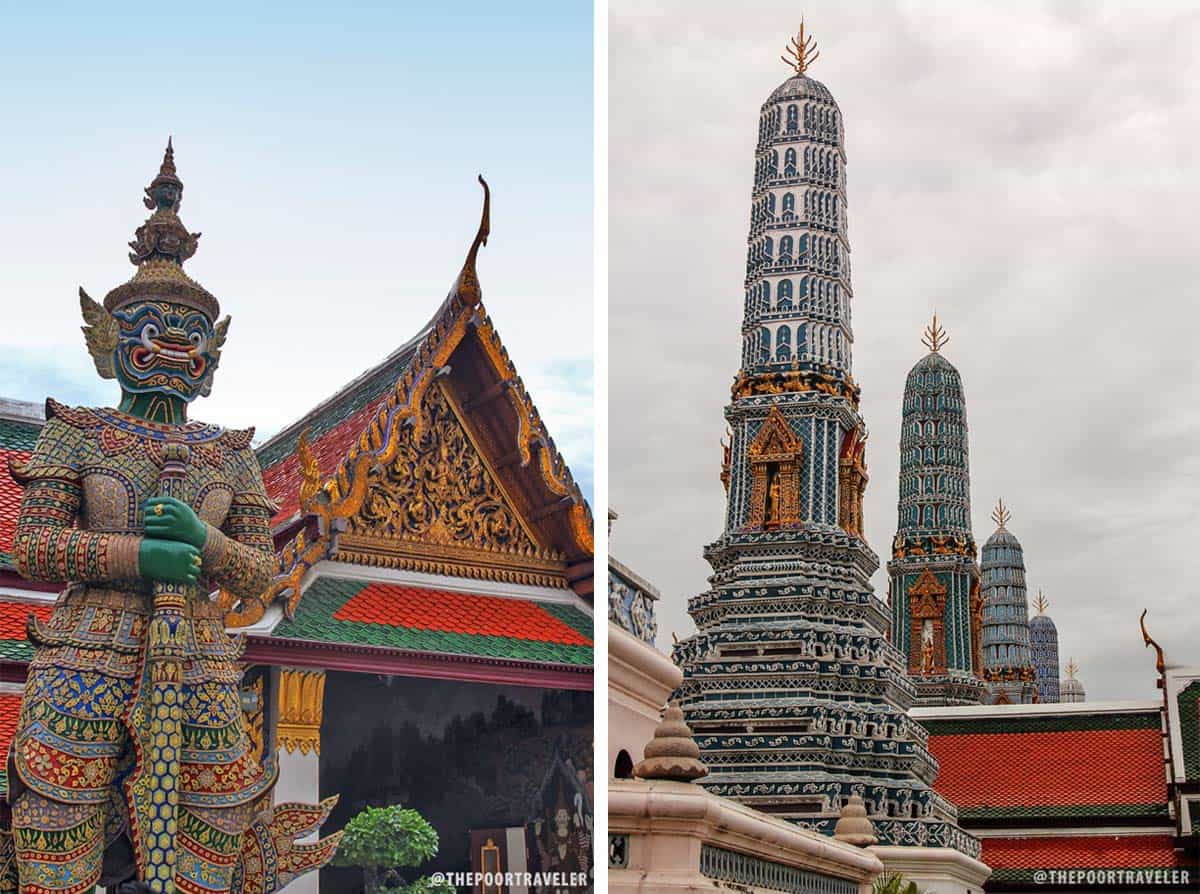
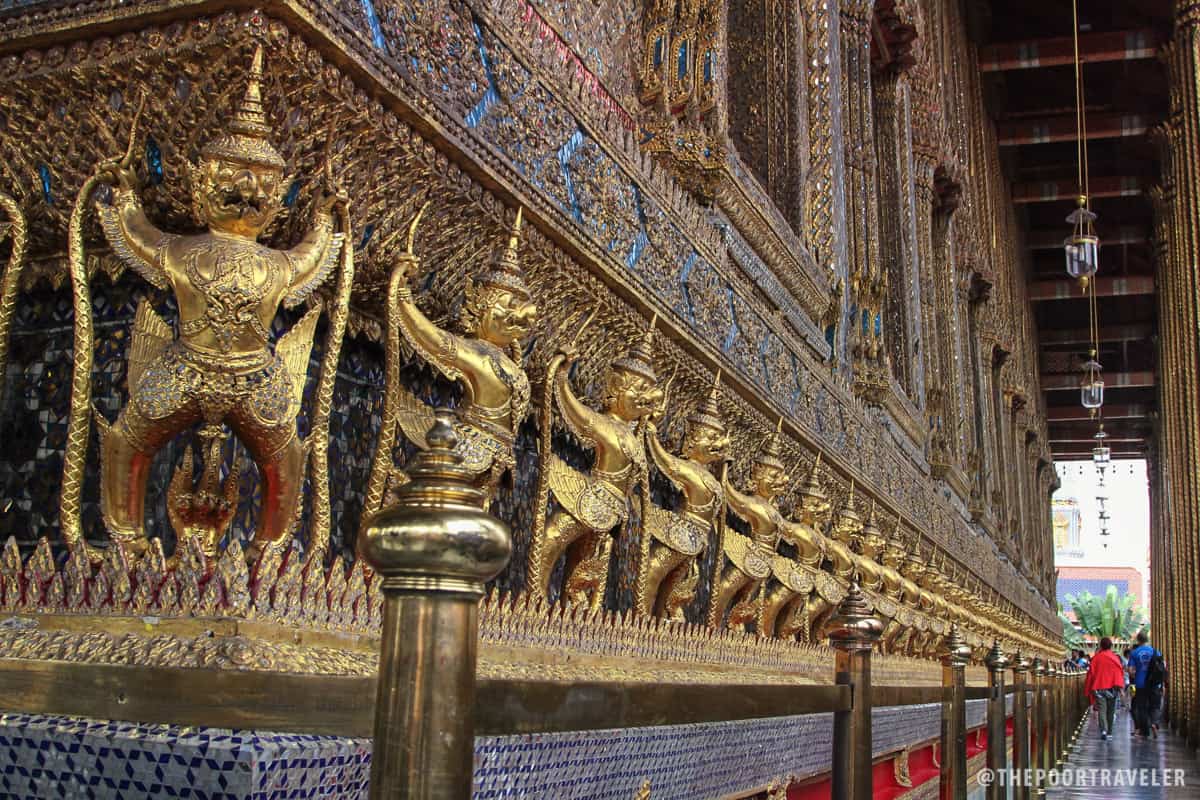
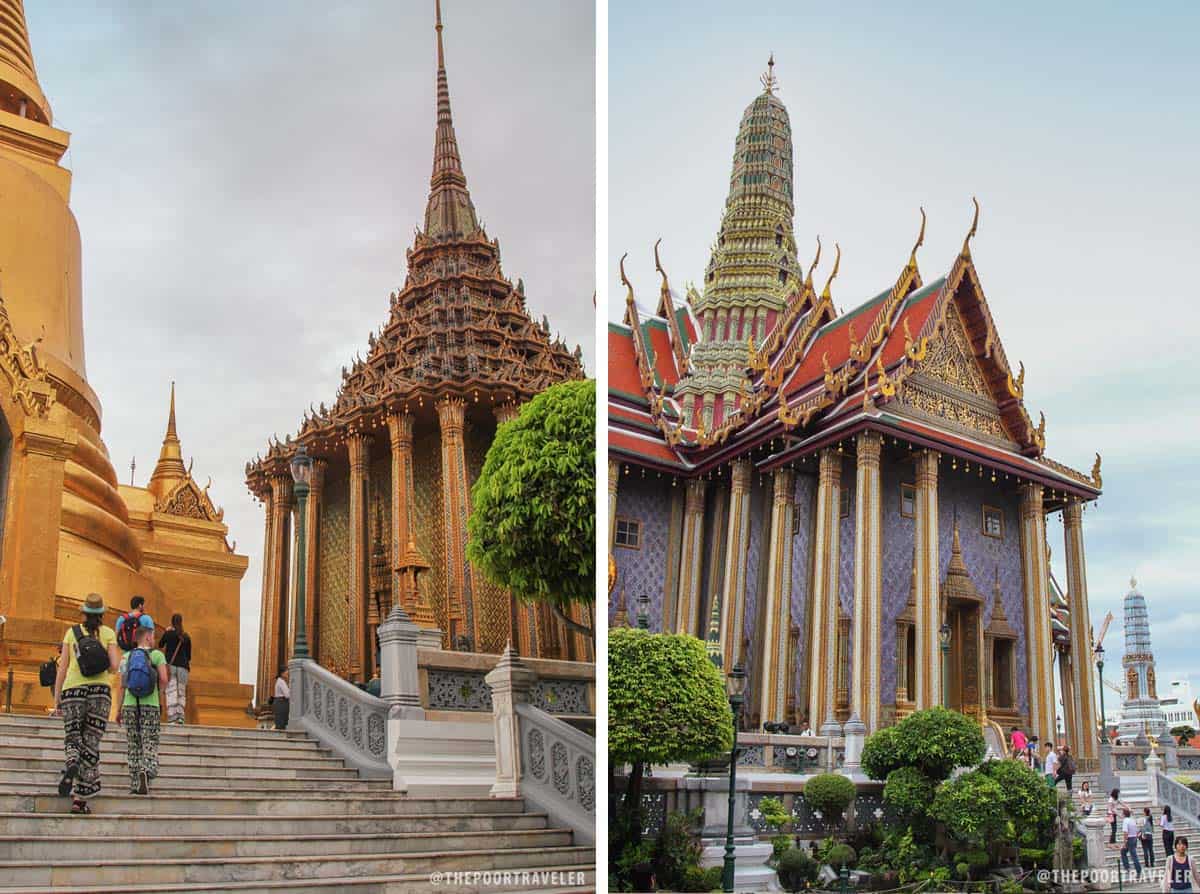
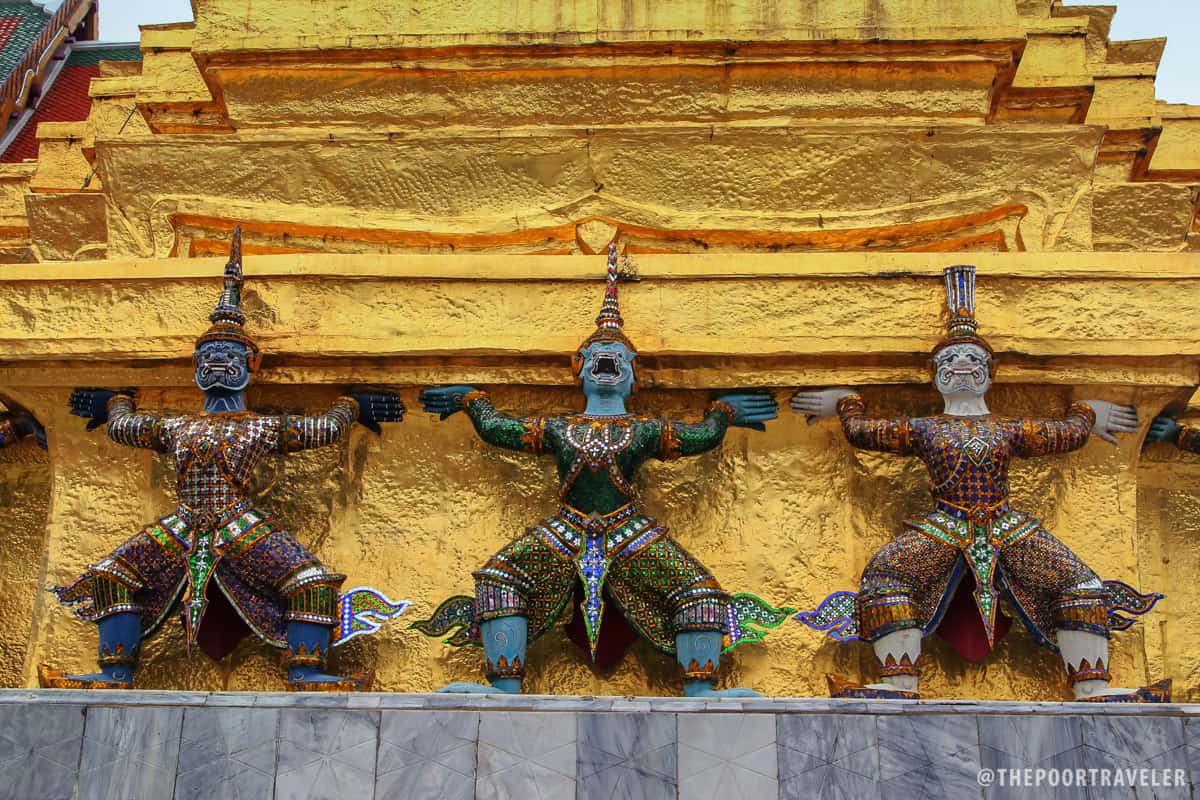
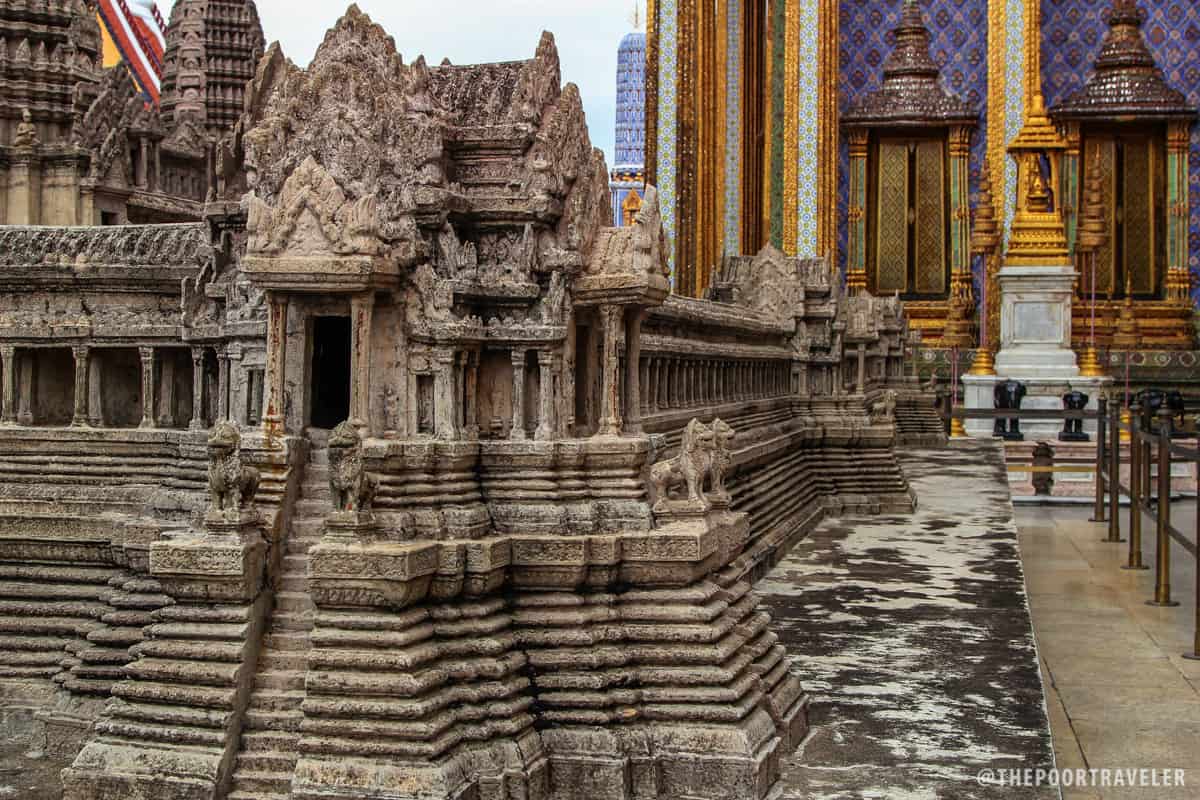
More than anything in Bangkok, it is testament to the dedication and craftsmanship of the Thai people. I had to stop many times to wonder how long it took them to complete its construction.
The site was built in 1782. For around 150 years, it was the official residence of the King. (However, the current king, Bhumibol Adulyadej, stays at Chitralada Palace.) The Temple of the Emerald Buddha is one of the many quarters of the palace. Other notable structures inside are the Phra Maha Monthien Buildings, the Chakri Maha Prasat Buildings, and the Phra Maha Prasat Buildings. There are plenty of signs so just follow them.
We had a lengthy stroll around the Grand Palace for only a couple of hours. It felt even shorter because there was so much to see from the gold stupas to the yaksha statues to the Emerald Buddha. There’s even a miniature model of Angkor Wat on display. Despite the limited time and unlimited influx of people, it sure was one of the highlights of that day.
The Grand Palace
Na Phra Lan Road, Old City (Rattanakosin Island),
Bangkok, ThailandOperating Hours: 8:30am-03:30pm
Admission Fee: 500 THB
Deposit for pants: 200 THBDress Code. The rule is to have your shoulders, knees, and heels covered. The following are not allowed:
- Shorts, short skirts, mini-skirts, tight fitting trousers,
- Torn trousers/pants
- Sando, vests, sleeveless shirts
- See-through shirts
- Sandals
How to get there: Board the SkyTrain (Silom Line) to S6 Saphan Taksin Station, take Exit 2. Take the Chao Phraya Express Boat to Ta Chang Pier (No.9).
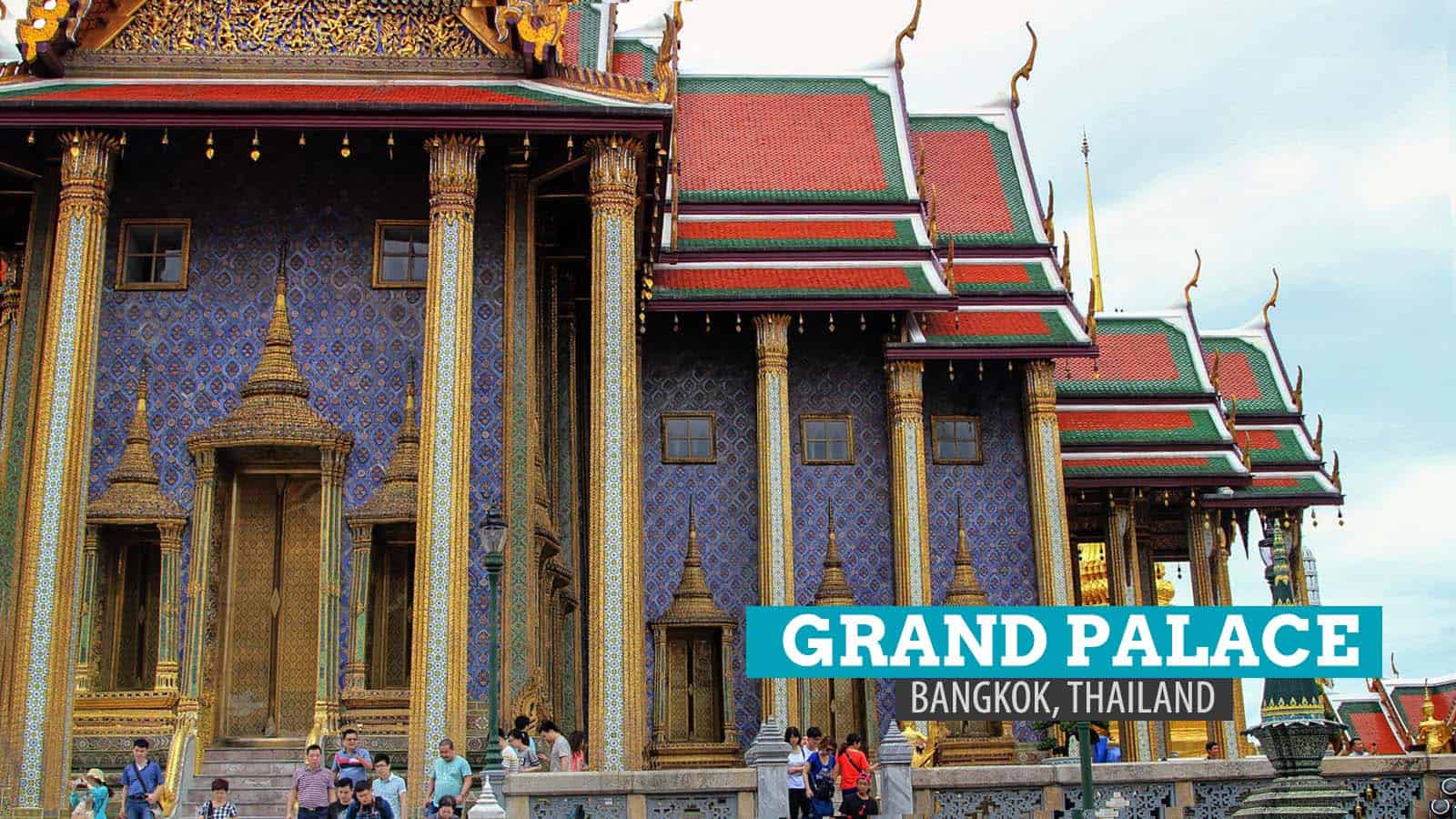



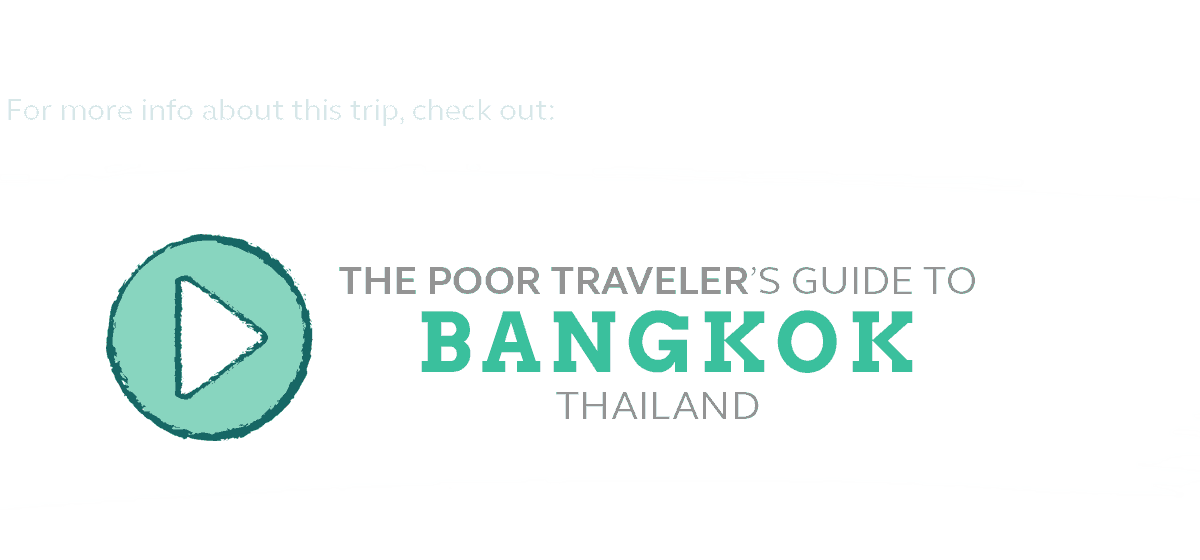






















Really beautiful photographs! I understand visiting such places can be tricky sometimes when you are not appropriately dressed. That’s why it’s important to research a bit before going to such sites.
Great post. After showing up at a few sights in Thailand unprepared, I always carried a scarf and a skirt in my backpack, just in case!
Been here last week and i must say, one should bring a LOT of patience, energy to walk and of course water. The palace complex is really BIG which for me would eat at least 4-5 hours of your time walking around the area
My dear Bangkok, 5 months after the last visit and I can’t stop thinking in Bangkok.
I am planning a trip to Thailand later this year and this temple will definitely be on my wish list – thanks for the tip on the dress code!
Great place! Can you please advice how we can book a tour to Thailand? Do Filipinos need a visa? Thanks!